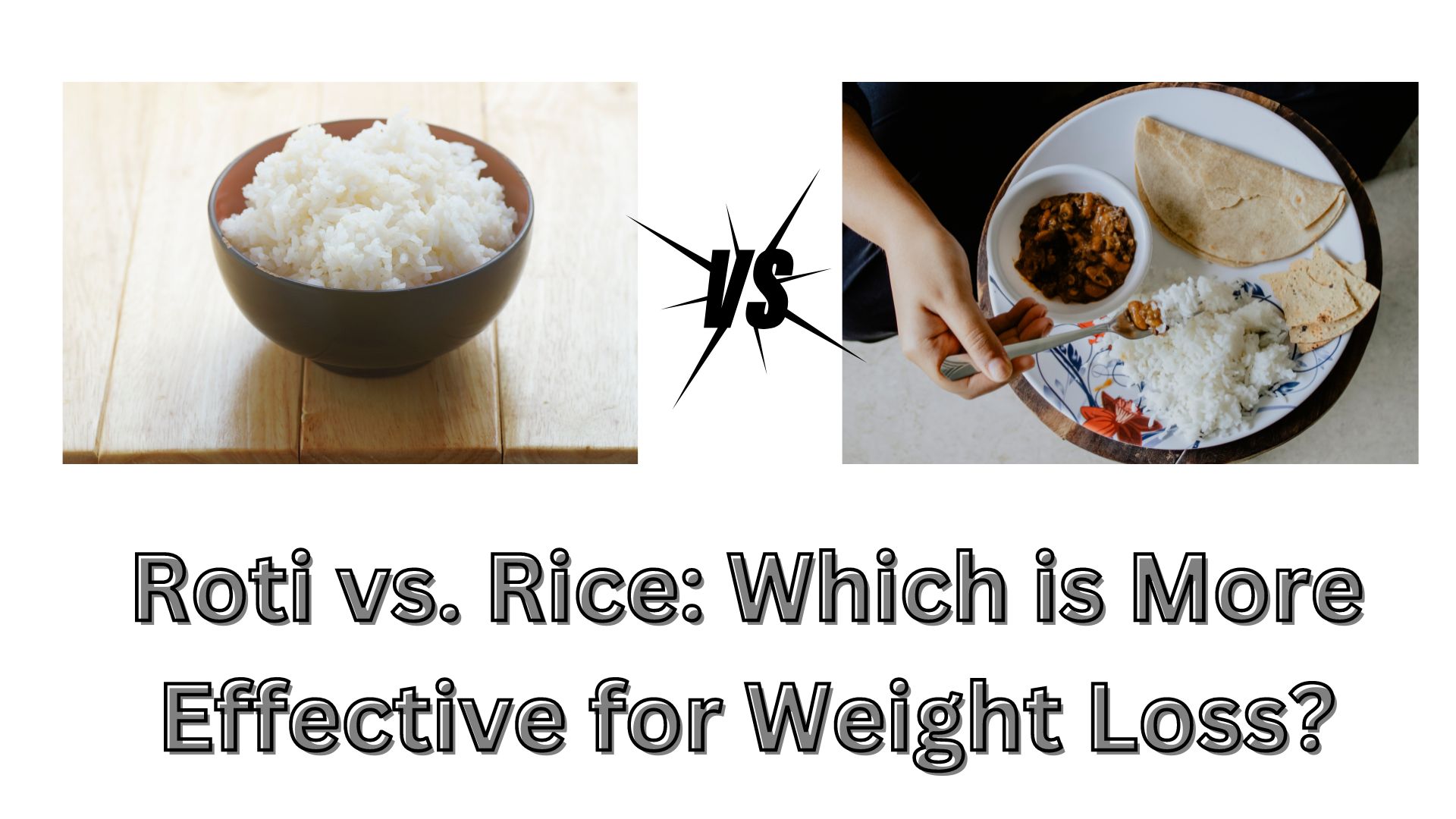
People have diverse needs and varying eating habits that work for them. While a low-carb diet may be effective for weight loss, certain principles should guide your efforts. It’s essential to make dietary changes wisely. Some choose to eliminate chapatis, while others avoid rice in their weight loss journey. The ongoing debate revolves around whether chapatis or rice contributes to faster weight reduction.
Here is the nutritional differences between rice and roti. Both offer weight loss benefits. Dietician recommends a balanced approach, suggesting the consumption of roti for four days a week and rice for two days to maintain dietary variety. Balanced consumption of both can be beneficial for weight loss, emphasizing the importance of not depriving oneself, as prolonged hunger can negatively impact health.
When selecting the right type of roti and rice, Duneja advises opting for jowar, ragi, and millet bread due to their low glycemic index, preventing rapid insulin spikes. These varieties also boast high fiber and protein content, promoting weight loss. Brown rice is the preferred choice for rice, although white rice can be consumed after draining excess water. It’s crucial to manage the quantity of both rice and roti.
Considering gluten content, Duneja suggests that those with gluten intolerance should minimize bread consumption and lean towards rice. However, for diabetes patients, bread or roti is considered more advantageous than rice, as rice consumption may negatively impact blood sugar levels during weight loss. Healthy individuals can strike the right balance between rice and roti for effective weight loss.
To enhance your weight loss journey, consider these 10 important tips:
- Increase daily fiber intake to 40 grams.
- Stay hydrated with 2-3 liters of water daily.
- Reduce salt and sugar intake.
- Avoid refined, processed, and junk food.
- Use seed oil for cooking.
- Engage in daily physical activity.
- Incorporate proper exercise and muscle weight training.
- Make lifestyle changes as needed.
- Control portion sizes of food and drinks.
- Avoid smoking and alcohol consumption.
Also Read
Optimizing Diabetes Management: The Vital Role of Walking in Enhancing Health
